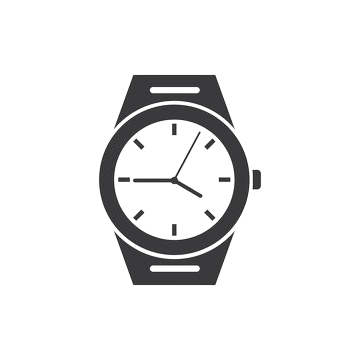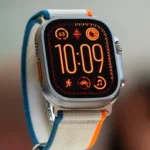The watchmaking industry has a rich heritage, steeped in traditional craftsmanship and timeless artistry. However, the advent of modern technology is reshaping this landscape, creating a fascinating blend of vintage techniques and contemporary innovations. Here’s how classic watchmaking is evolving through the integration of new technologies.
1. Preserving Traditional Craftsmanship
Classic watchmaking techniques involve meticulous handcrafting, precision engineering, and an appreciation for detail. Many brands continue to honor these traditions while incorporating modern advancements:
- Hand-Finishing: Artisans still employ hand-finishing techniques, such as Côtes de Genève and anglage, to enhance the aesthetic quality of movements, even as they utilize modern tools for greater precision.
- Heritage Designs: Many contemporary brands draw inspiration from vintage designs, offering modern iterations of classic watches that maintain the charm and elegance of their predecessors.
2. Advanced Materials
The introduction of modern materials has transformed watchmaking, improving durability and performance:
- Ceramics and Carbon: Brands are utilizing advanced ceramics and carbon composites that offer scratch resistance and lightweight properties, enhancing both luxury and functionality.
- Smart Alloys: New materials such as titanium and super alloys provide strength and corrosion resistance, allowing for more robust designs without compromising style.
3. Smart Technology Integration
The rise of smartwatches has prompted traditional brands to integrate technology while maintaining their identity:
- Hybrid Watches: Many manufacturers now produce hybrid watches that combine analog designs with smart functionalities, allowing for features like fitness tracking, notifications, and more, without sacrificing classic aesthetics.
- Connected Features: Some luxury brands offer watches with Bluetooth connectivity, enabling features like app integration for health tracking, while retaining mechanical movements.
4. Precision Engineering
Modern technology has enhanced the precision and reliability of watch movements:
- Computer-Aided Design (CAD): CAD software allows designers to create intricate components with unparalleled accuracy, resulting in movements that function seamlessly.
- 3D Printing: This technology facilitates rapid prototyping and the creation of complex components, enabling brands to experiment with new designs and mechanisms without traditional limitations.
5. Sustainability Practices
The watch industry is increasingly focused on sustainability, merging traditional craftsmanship with eco-friendly practices:
- Recycled Materials: Brands are exploring the use of recycled metals and materials, incorporating them into both the cases and movements of watches.
- Energy Efficiency: Innovations in movement technology, such as solar-powered or kinetic watches, reflect a commitment to sustainability while maintaining the mechanical charm of traditional designs.
6. Customization and Personalization
Modern technology has opened up new avenues for personalization in watchmaking:
- Bespoke Services: Some brands now offer customers the ability to customize elements of their watches, from materials and colors to engravings, merging traditional craftsmanship with modern consumer preferences.
- Digital Design Tools: Online platforms allow users to visualize and customize their watches before purchase, making the experience more interactive and personal.
Conclusion
The integration of classic watchmaking techniques with modern technologies is creating a dynamic landscape in the horological world. While traditional craftsmanship continues to be celebrated, innovations in materials, design, and functionality are reshaping what a watch can be. This harmonious blend not only preserves the heritage of watchmaking but also ensures its relevance in a fast-paced, tech-driven world. As the industry continues to evolve, the marriage of vintage artistry and modern technology promises exciting developments for both enthusiasts and newcomers alike.



